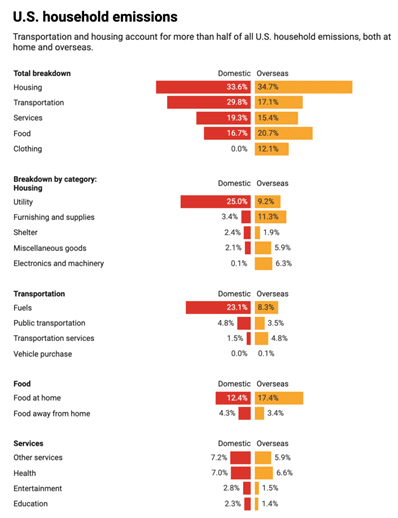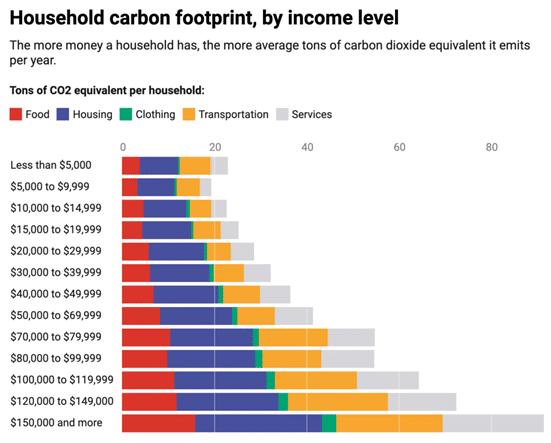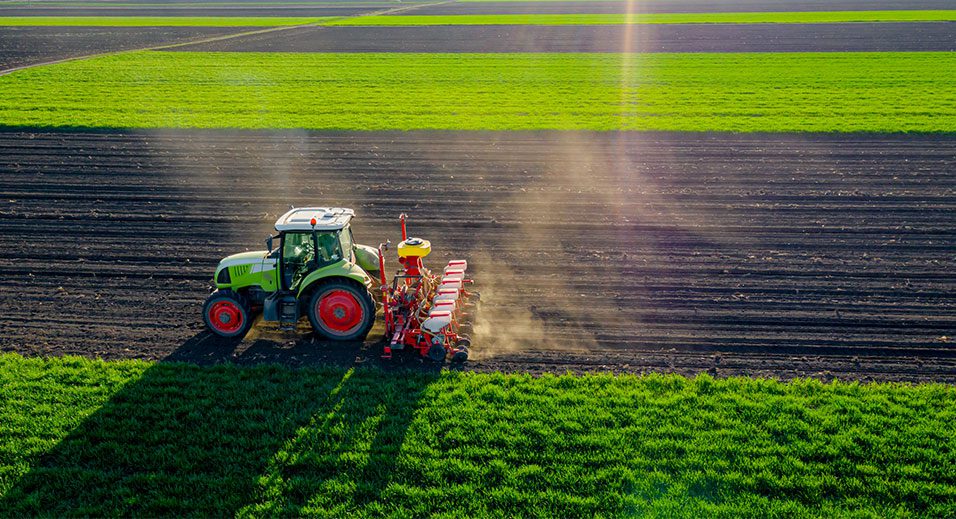We share a penned note from Senior Vice President Lynda Kuhn on small changes we can all make to live more sustainably.
By Lynda Kuhn, SVP and Chair, Maple Leaf Centre for Food Security
Raging out of control wildfires, the ninth consecutive hottest year on record, record droughts. The effects of climate change are worse and scarier than even scientists predicted.
I think a lot about how I need to change how I live to reduce my impact. If I act like it’s a crisis but do nothing about it, how can I face myself? I am FAR from perfect … but I’m increasingly trying to square my lifestyle with the environmental crisis I contribute to. That means making conscious decisions that sometimes mean I can’t do all the things I want or used to do.
“What can I do?” is a question I sometimes hear when I discuss the climate crisis with friends and colleagues. Well, it’s not rocket science, but it does mean some personal change. We can’t have it all.
Over 20% of all U.S. emissions are directly attributed to household consumption. Including indirect emissions, it’s closer to 80%. (PBS: 2019 data)
Transportation and housing contribute more than 60% to the total domestic carbon footprint of U.S. households, which is also a pretty good proxy for Canada. Supply chain emissions from services (such as health care, banking, etc.) and food contribute the next largest amounts. Food, furnishing and supplies, and clothing are the three largest drivers of emissions we cause outside of North America.
This is a cool chart (PBS) that shows the top climate impacts we make as individuals and households.

Travel less and wisely
After housing, transportation is the biggest emitter of greenhouse gases. The type of car we drive, how much we drive, and how much we fly all have a direct personal impact.
While many sectors are beginning to reduce their emissions, air travel continues to grow. Carbon emissions from the airline industry grew by a whopping 75% from 1990 to 2012 and are expected to grow rapidly until 2050. If left unchecked, they could consume a full quarter of the available carbon budget for limiting temperature rise to 1.5˚Celsius.
- If the aviation sector were a nation, it would be among the top 10 global emitters.
- The global tourism industry is responsible for 8% of global emissions — more than the construction industry!
- The total carbon impact of a single flight is so high that avoiding just one trip can be equivalent to going (gasoline) car-free for a year.
I drive the same small fuel-efficient diesel car I bought a decade ago, because my son tells me the biggest impact is the manufacturing of the car (and I still love it…). My next car will be electric. My husband and I fly a lot less, and when we do we fly economy (far less impact than the space of a business class seat, never mind the cost!), try for direct flights (the biggest impact is takeoff and landing) and buy carbon-offsets on the airline’s website. But I also do less thoughtful things, like buying a diesel truck and travel trailer that comes with its own hefty footprint.
Eat sustainably to help reduce your carbon footprint
How we eat is among the most direct choices we can make to reduce our personal footprint. Depending on how it’s calculated, food production produces at least 26% and up to one-third of global greenhouse gas emissions. Animal-based foods like meat and dairy have the highest impact. Personally, I try to go meat-free two to three days a week and when I do, I eat half what I used to. I rarely eat beef, which has far and away a higher impact than pork or chicken. I buy Maple Leaf products, because we’re a carbon neutral company. I really try to plan meals better, use what we buy, and compost any organic waste. And my husband and I grow a lot of our food, and plant trees and native grasses, which reduces our food miles and sequesters carbon.

The more money you make, the higher your carbon footprint
No big surprise, but levels of personal consumptions are directly related to our impact on climate change, and it’s likely the more you make, the more you consume. High emitters of CO2 are found mostly among the most affluent. The top 10% emitters in the world account for 45% of global CO2 emissions, while the bottom 50% of emitters contributed 13%. The main difference is that high emitters spend a higher amount on travel.
And we’re not talking about the uber-wealthy … as you can see in the chart below, it’s people making US$70K or more.

When it comes to climate change, personal choices affect a lot of people
Where does this leave it for me? We all can — and should — make a difference. Even if it seems small, it ladders up and it sends a strong message to others that how we live matters. And while a lot of this seems like a personal choice, when it comes to the climate crisis, our personal choices impact a whole lot of people.
I don’t write this from any kind of moral high ground. I’m in the camp of the high emitters, with all the impact and ethical baggage that comes from that. All I want is to encourage all of us to think hard, be aware, and accept a little pain from hard choices that are needed to stop us all running towards the climate cliff.



